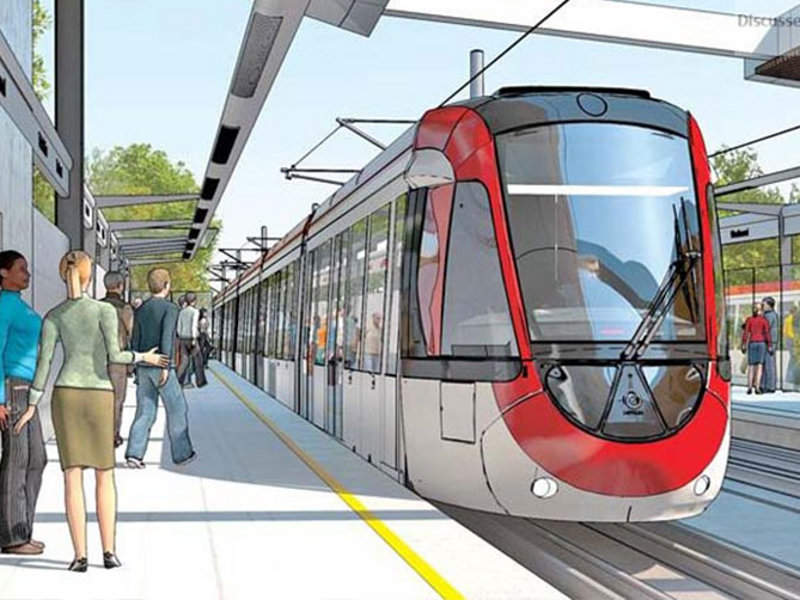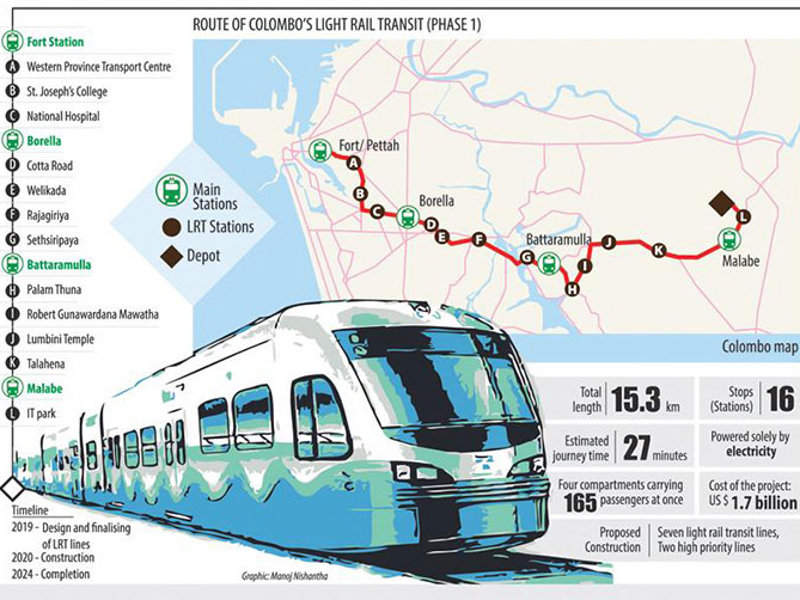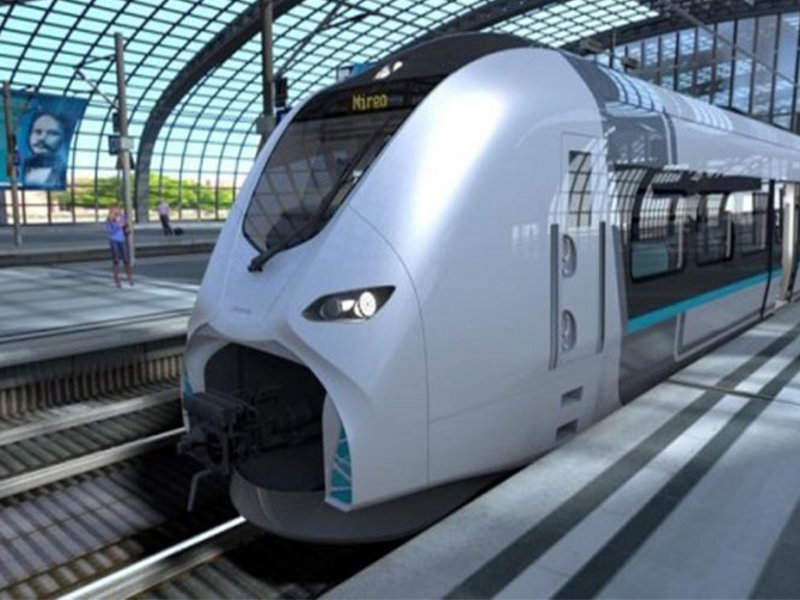Colombo light rail transit (LRT) project is the first of its kind to be developed in Colombo, the capital city of Sri Lanka.
Chinese firm Seoyoung Engineering undertook the feasibility study for the project in November 2017 and submitted it to the Sri Lankan Government in June 2018. The light rail system is estimated to cost $6bn and was approved by the government in October 2018.
Officially launched in July 2019, the project will be implemented by the Government of Sri Lanka’s Ministry of Megapolis and Western Development (MMWD) under a public-private partnership.
Construction of the first phase of the project is estimated to cost $2.2bn and is scheduled to start in 2020. Commercial operations are expected to start in 2025.
The Colombo light rail system will include the necessary infrastructure to provide women-friendly transportation.
Colombo light rail transit project design details
The LRT is designed in accordance with the transport plan formulated for the development of the Western Megapolis region. The project will be developed in seven phases.
The first phase will include the construction of a 15.8km rail stretch between the Colombo Fort area and Malabe while later phases will expand into the Western Megapolis region. The fully electrified network will be built at an elevation of 6m above ground.
Phase one will include 16 stations at IT Park, Malabe, Thalahena, Lumbini Temple, the national hospital, Borella, Cotta Road, Rajagiriya, Welikada, Sethsiripaya, Battramulla, Palanthuna, Robert Gunawardana, Colombo Fort, the transport centre and St Joseph’s.
The rail track will be of standard 1,435mm gauge while the platform length will be 120m.
Travelling time between Malabe and Colombo Fort is expected to be reduced to 30 minutes from the current 45-90 minutes.
Rolling stock for Colombo light rail transit
Rolling stock due to be deployed for the LRT system will have a length of 18m while the body width will range between 2.65m and 2.85m.
The trains will be configured into a four-car formation and will run at a maximum speed of 80km per hour (km/h) by drawing the required traction power from a 750 volt (V) direct current (DC) third rail system. The cars can accommodate six people per square metre, including standing and seated. Trains will have a maximum passenger capacity of 800.
Rail cars will be equipped with a rooftop air conditioning system and feature liquid crystal display (LCD) screens that show station information and emergency announcements to passengers.
An on-board passenger information system will provide details about upcoming stations by making announcements through a loudspeaker. Rail coaches will be installed with security surveillance cameras to improve security.
Financing
The Government of Sri Lanka will carry out the light rail project with the support of the Japanese Government. Japan International Corporation Agency (JICA) has agreed to offer $1.8bn as a loan for the project on behalf of the Japanese Government.
JICA is also providing financial and technical assistance for the development of the project under Special Terms for Economic Partnership (STEP), which is aimed at improving urban infrastructure and existing facilities in Colombo.
Financial closure for the first phase of the project was achieved in 2019.
Colombo LRT benefits
The Colombo light rail transit project is expected to reduce traffic congestion in Colombo city and encourage the citizens to make use of affordable and more convenient way of public transportation.
It will offer an emission-free travel experience to passengers and reduce the carbon footprint of the country.










